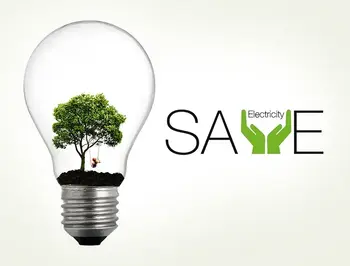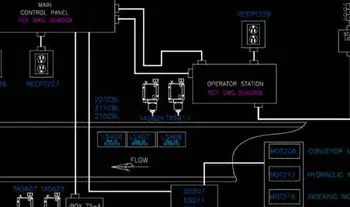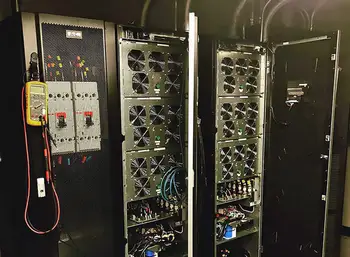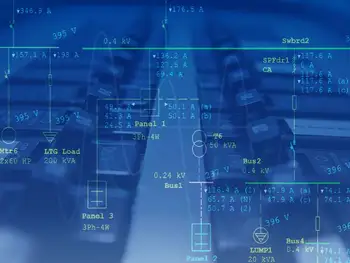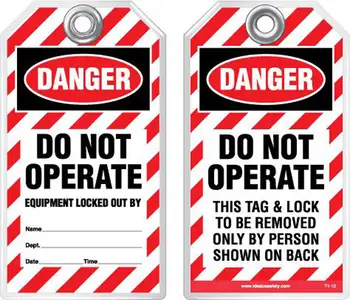The Electricity Forum

Reload.Land 2025: Berlin's Premier Electric Motorcycle Festival Returns
Test Your Knowledge About Smart Grid!
Think you know Smart Grid? Take our quick, interactive quiz and test your knowledge in minutes.
- Instantly see your results and score
- Identify strengths and areas for improvement
- Challenge yourself on real-world electrical topics
Latest Electrical Industry News

B.C. Diverting Critical Minerals, Energy from U.S

U.S. Ends Support for Ukraine’s Energy Grid Restoration

Canada Finalizes Clean Electricity Regulations for 2050

TransAlta Poised to Finalize Alberta Data Centre Agreement in 2025

The Collapse of Electric Airplane Startup Eviation

Experts Advise Against Cutting Quebec's Energy Exports Amid U.S. Tariff War

London Gateway Unveils World’s First All-Electric Berth
EF Partner Media
Latest Electricity Today Magazine Articles

The Role of SCADA in Grid Monitoring and Control
As electric power systems grow in complexity, the need for real-time monitoring and control has never been greater. At the center of this transformation is SCADA—Supervisory Control and Data Acquisition—a system architecture that enables utilities to collect, process, and act on data from remote field devices. From high-voltage substations to distributed energy resources (DERs), SCADA platforms are the nerve center of modern grid operations.
SCADA systems provide utilities with critical operational visibility, allowing for effective grid management, improved reliability, and faster fault detection. As demand increases for automation, decentralized energy integration, and advanced analytics, SCADA’s role continues to expand well

Cybersecurity in Substation and Grid Communications
As power systems become increasingly digitized and connected, the importance of cybersecurity in substation and grid communications has grown exponentially. With the integration of intelligent electronic devices (IEDs), SCADA systems, and remote monitoring, modern substations are now part of a broader cyber-physical infrastructure. While these technologies enable real-time control and improved reliability, they also expose utilities to cyber threats that can disrupt critical services and damage essential assets.
Ensuring the cybersecurity of substation networks is no longer optional—it’s a core requirement for grid stability, national security, and compliance with regulatory standards such as NERC CIP (North American Electric Reliability Corporation

Understanding the IEC 61850 Protocol in Substation Automation
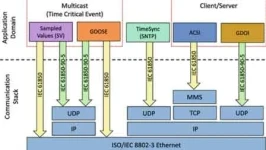
Understanding the IEC 61850 Protocol in Substation Automation
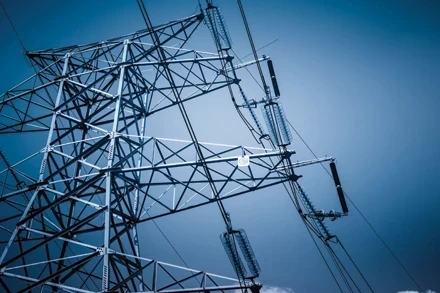
Climate Change Fuels Spread of Deadly Fungal Infections in the UK
As global temperatures rise, scientists warn that the UK faces an increasing threat from deadly fungal infections, particularly those caused by the Aspergillus species. These fungi, which can lead to severe respiratory illnesses and brain infections, are projected to expand their range into northern Europe, including the UK, due to climate change.
The Aspergillus Threat
Aspergillus fumigatus and Aspergillus flavus are the primary culprits behind invasive aspergillosis, a life-threatening disease that affects the lungs and can spread to other organs, including the brain. These fungi produce airborne spores that can be inhaled, posing significant risks to individuals with weakened immune
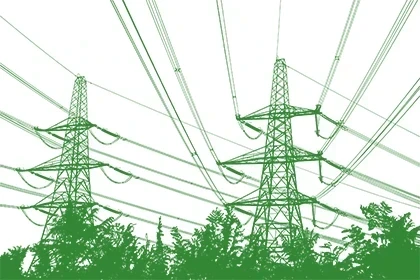
Climate Change Impacts and Adaptation Efforts in British Columbia
As of early May 2025, British Columbia is experiencing significant climate-related challenges, including rising temperatures, increased wildfire risks, and ecological disruptions. These developments underscore the urgency for comprehensive adaptation strategies to safeguard communities and ecosystems.
Escalating Wildfire Risks
The province is witnessing an early onset of wildfire season, with 107 active fires reported. Experts attribute the heightened risk to a combination of warmer temperatures and prolonged drought conditions. The BC Wildfire Service has indicated a "high potential for an active spring wildfire season," emphasizing the need for preparedness and swift response measures.
Ecological Disruptions in Urban Forests
In Vancouver's Stanley Park, climate change is manifesting through the
FREE EF Electrical Training Catalog
Download our FREE Electrical Training Catalog and explore a full range of expert-led electrical training courses.

- Live online and in-person courses available
- Real-time instruction with Q&A from industry experts
- Flexible scheduling for your convenience
Sign Up for Electricity Forum’s Smart Grid Newsletter
Stay informed with our FREE Smart Grid Newsletter — get the latest news, breakthrough technologies, and expert insights, delivered straight to your inbox.
Related Courses

Expert Electrical Training That Builds Skills
The Electricity Forum Training Institute provides expert-led electrical training for professionals across North America. We deliver live online and in-person courses year-round, taught by certified instructors. Our training helps ensure electrical safety, code compliance, and technical excellence for utilities, industries, contractors, and engineers in both the U.S. and Canada.





